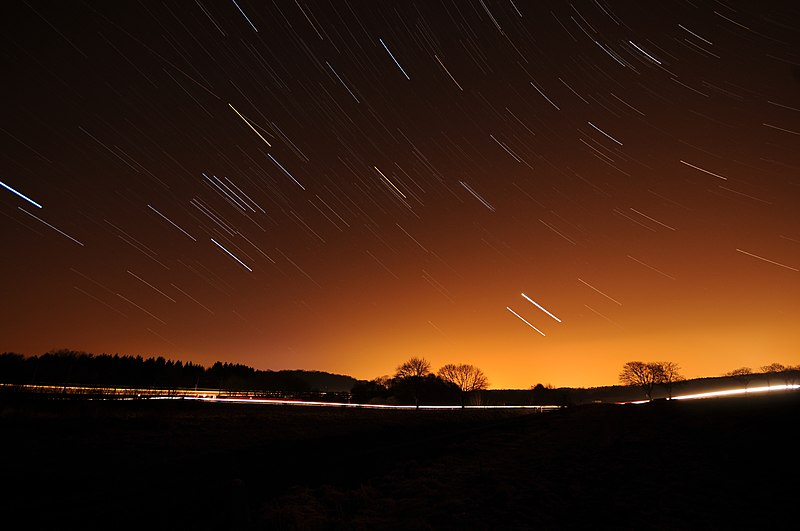-----------
Considering that I have - in practical terms - learnt film development using this 2 film developers, maybe 30 years ago, and never have compared its results side by side, I had the idea to just do that and check by myself if my impressions could have a good feedback from my own tests, just to get rid of my own doubts.
Few days ago I have used this setup to do a side by side comparison about the ins & outs of this 2 very well known developers:
Film: Shanghai GP3 4x5, box rated ISO 125, used as ISO 80.
Camera + lens: Sinar F2, Sinar Copal shutter, Staeble Ultragon 8/150mm at f45.
Developers: Agfa Rodinal 1:50 with 12min. 68F/20ºC and HC-100 dil "H" (1:63) with 10min. 68F/20ºC
Yankee Agitank 4x5 - Pre-soak 1min, 30s ini. agit., + 10S each min. til finish.
Lightning: Ambient light 10:30 AM, Spot metered - Minolta Spot Meter - at the rose petals to Zone VII, table tissue falling mainly at Z-IX, and Z-10.
Scanning & PP: Nikon El-Nikkor lens 4/75mm and a FF Digital camera, 2 passes stitched with Hugin Panorama Creator and Gimp 2.9, with curves.
What I have noted about the test, but YMMV, it's my impression, not law:
The HC-110 has a more "crude" compression of the highlights and maybe a faster film speed result (+1/3 EV faster). I would rate it with this film at ISO 100, instead 80.
For 4x5 the film grain is barely visible, and if, only at 100% magnification.
More micro-contrast on the mid-range (Zones 4IV-VII) then Rodinal, losing some "punch on the deep grays.
Highlights have to be carefully controlled, as this developer, at this dilution with strong light tends to "burn" highlights - having both negatives at hand, I can see the very slightly more dense areas at both deep shadows and highlights, with mid grays near the same density.
The Rodinal in this test has responded in a different way then HC-110 but what really have "jumped" immediately is the less prominent contrast in both ends of the film contrast, more "linearity" and less steepness then HC-110. As I haven't plotted both film curves on paper neither any plotted curve table, my opinion is only by "seeing" the results both on the negative itself and the image rendered by the scanning procedure. Here I have to open an parenthesis confessing that I'm not completely "aware" of the final results of the film rendering just looking at the plotted contrast curves of a pair film/developer. I can't "project" those curves on the reality of a given scene and that's why I made myself this sort of film development test.
Agfa Rodinal:
HC-110:
Crops from HC-110:
More conclusions, btw:
- These process lenses can be used in a daily basis if you don't mind to shot with at lest f22 (where the sharpness of these Ultragons begins to show up).
- You can scan film with a digital camera, the trick is the good stability, light setup and a lens borrowed from your enlarger
- Both developers are made in liquid form, fits in every budget, can be stocked by ages without visible lost in strength, and are available in many good retailers which sells it by the net.
- The vibrance of a Sinar Copal shutter ruining your photos showed to be just a question of tripod stability and stays for me as a Edgar Allan Poe story, which can be true if you believe it.
Have fun,















